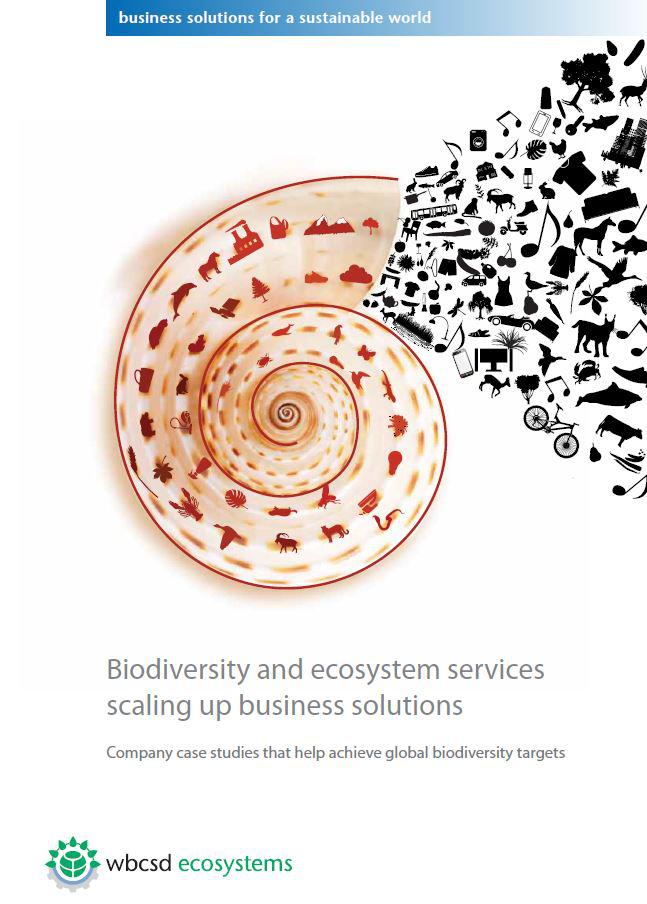
Business and ecosystems are linked. All businesses affect ecosystems and rely on the critical provisioning services (freshwater, fiber, food) and regulatory services (climate regulation, flood control, water purification, waste treatment) they provide.
However, 60% of the world’s ecosystem services have been degraded over the past 50 years. The Economics of Ecosystems and Biodiversity (TEEB) – initiated by the G8+5 environment ministers (2007-2010) – revealed that the costs of ecosystem degradation are huge. For example, US$ 2 to US$ 5 trillion in ecosystem services are lost each year, just from deforestation. This scale of loss and value is clearly material to large companies operating globally. In 2005, the United Nations (UN) Convention on Biological Diversity (CBD) set a Biodiversity Target to be reached by 2010, but unfortunately, it was missed. So in 2010, the UN International Year of Biodiversity, the CBD agreed on a new set of targets that were measurable and tangible, called the “Aichi Targets” (see box) and named after the province where the conference took place, in Nagoya, Japan. Also, in recognition of the urgent need for action, the UN General Assembly declared 2011-2020 as the UN Decade for Biodiversity.
Ecosystem change presents both business opportunities and risks, such as operational (e.g. increased scarcity and cost of raw materials), regulatory and legal (e.g. public policies such as taxes and moratoria on extractive activities), reputational (e.g. relationships and image from media and non-governmental organizations), market and product (e.g. consumer preferences) and financing (e.g. availability of capital). For the CBD Conference in 2010, the WBCSD prepared a set of case studies called “Responding to the Biodiversity Challenge” demonstrating how business is positively contributing to achieving the CBD’s three core objectives. This new report builds on that collection and shows examples of how business is already contributing to the achievement of the Aichi Targets, which are to be reached by 2015 or 2020, depending on the specific target.

